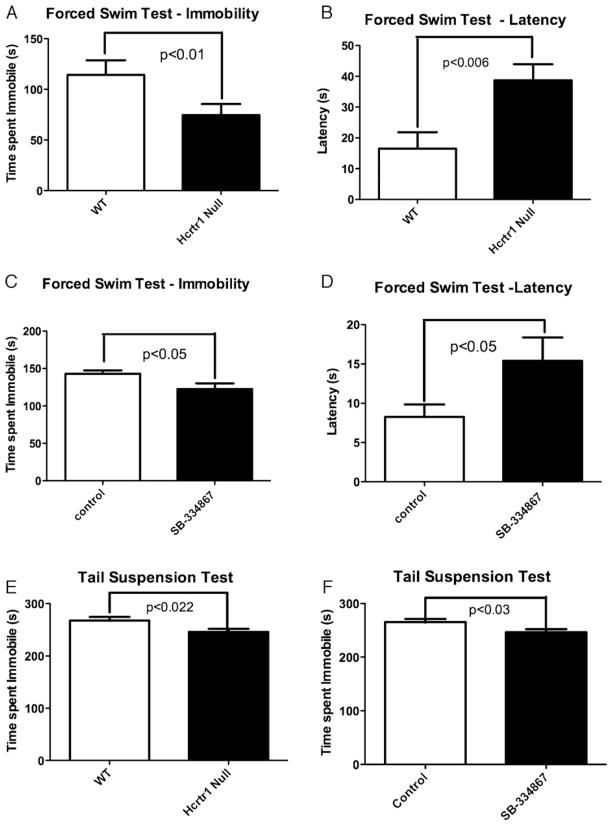Fig. 1. Disruption of hcrtr1 reduces behavioral despair.
Eight to ten week old male mice were tested in mouse models of depression, the porsolt forced swim test and tail suspension test. (A) Time spent immobile in the FST. (B) Latency to immobility in the FST. (Data presented as mean ± SEM, Student’s t-test, N = 10–15/group.) (C) Time spent immobile and latency to immobility. (D) After SB-334867 (10 mg/kg) injection. (Data presented as mean ± SEM, Student’s t-test, N = 18/group.) (E) Time spent immobile in the TST. (Data presented as mean ± SEM, Student’s t-test, n = 17–19/group.) (F) Time spent immobile in the TST after injection of vehicle or SB-334867 (10 mg/kg). Data presented as mean ± SEM, Student’s t-test, n = 18/group.

